March 8 to March 16
Anne Brunswic
Maithili Bavkar

Natacha Nisic

Saviya Lopes

The Matriarchs “The Tereza I know” (Photographic Series), 2020
The Matriarchs
They followed Matrifocality.
They were fierce.
They were outrageous, audacious and courageous.
They were committed;
Committed to the survival and wholeness
of entire people/community.
They loved music.
They loved to dance.
They loved their spirits.
They loved food.
They loved their struggle.
They loved themselves
and other women.
They loved Love.
They were the Womanists.
All this while, they carried a part of me inside their womb.
A part that keeps growing inside me now.
We were always connected
We will always be womanists.
SE Barnet
Kyoko Kasuya

Le point de départ, 2011-2021,
C’était l’année 2011, je terminais ma licence dans une école d’art en France. Après avoir passé trois années dans une ville du sud, je pensais retourner à la société japonaise et rouler sur les mêmes rails que tout le monde. Cet incident est arrivé pendant mes vacances d’hiver. J’étais alors à Paris et j’ai reçu un sms d’une amie japonaise qui m’informait de l’annulation de notre rendez-vous fixé le jour même. En l’appelant pour en connaître la raison, elle m’a appris une terrible nouvelle : un séisme avait eu lieu au Japon. Il avait provoqué un tsunami sans précédent mais également l’accident nucléaire de Fukushima. J’ai allumé la télé. J’ai vu de nombreuses scènes de vagues noires frappant les villes au bord de la mer. Ces scènes se sont répétées en boucle sur tous les médias pendant un certain temps. Cette catastrophe s’était produite dans mon pays mais cela ressemblait à un incident dans une contrée lointaine. Jour après jour, l’exposition aux radiations résultant de l’accident de la centrale nucléaire s’est progressivement révélée. L’économie japonaise est devenue instable et les entreprises se sont effondrées progressivement.
click here to read and see more
Manuela Morgaine

Catherine Radosa
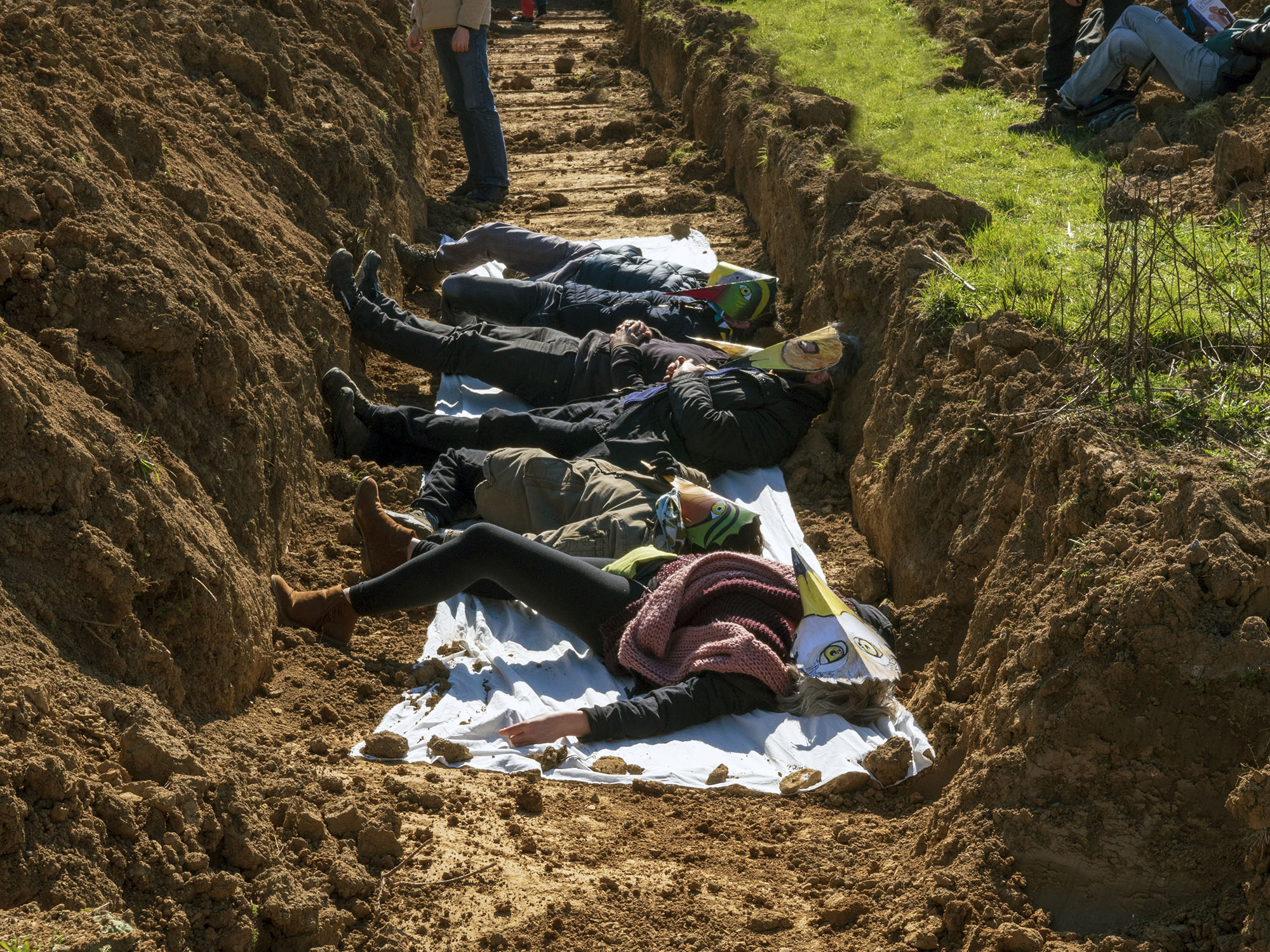
Ivana Vollaro
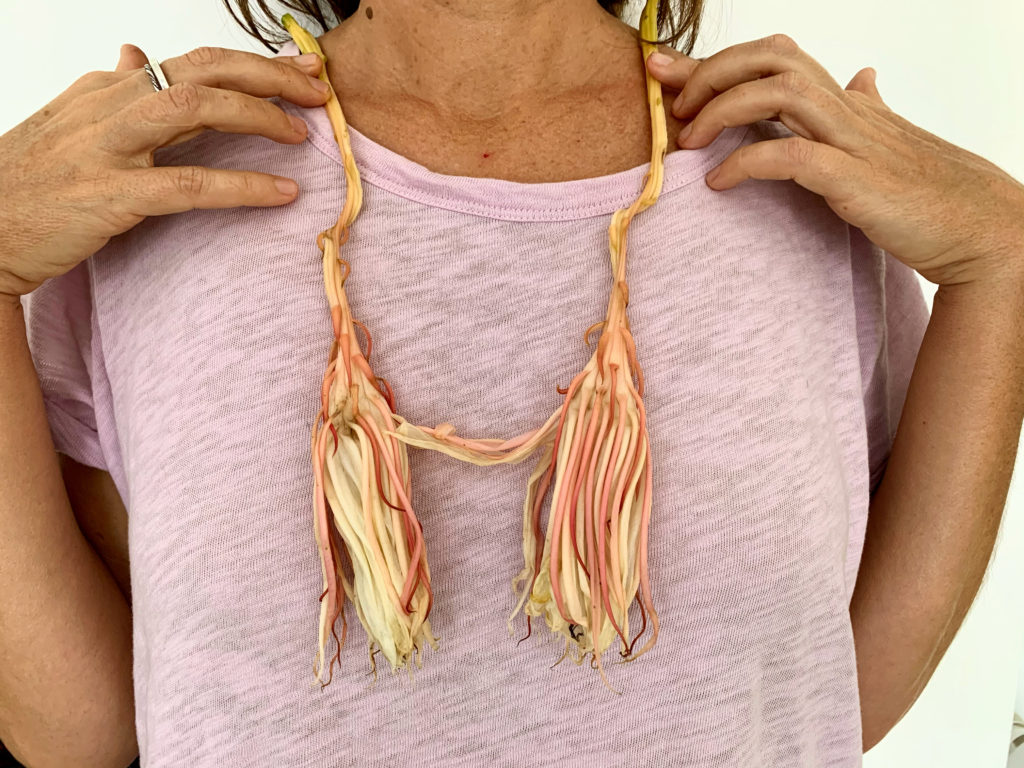
Liza Dimbleby
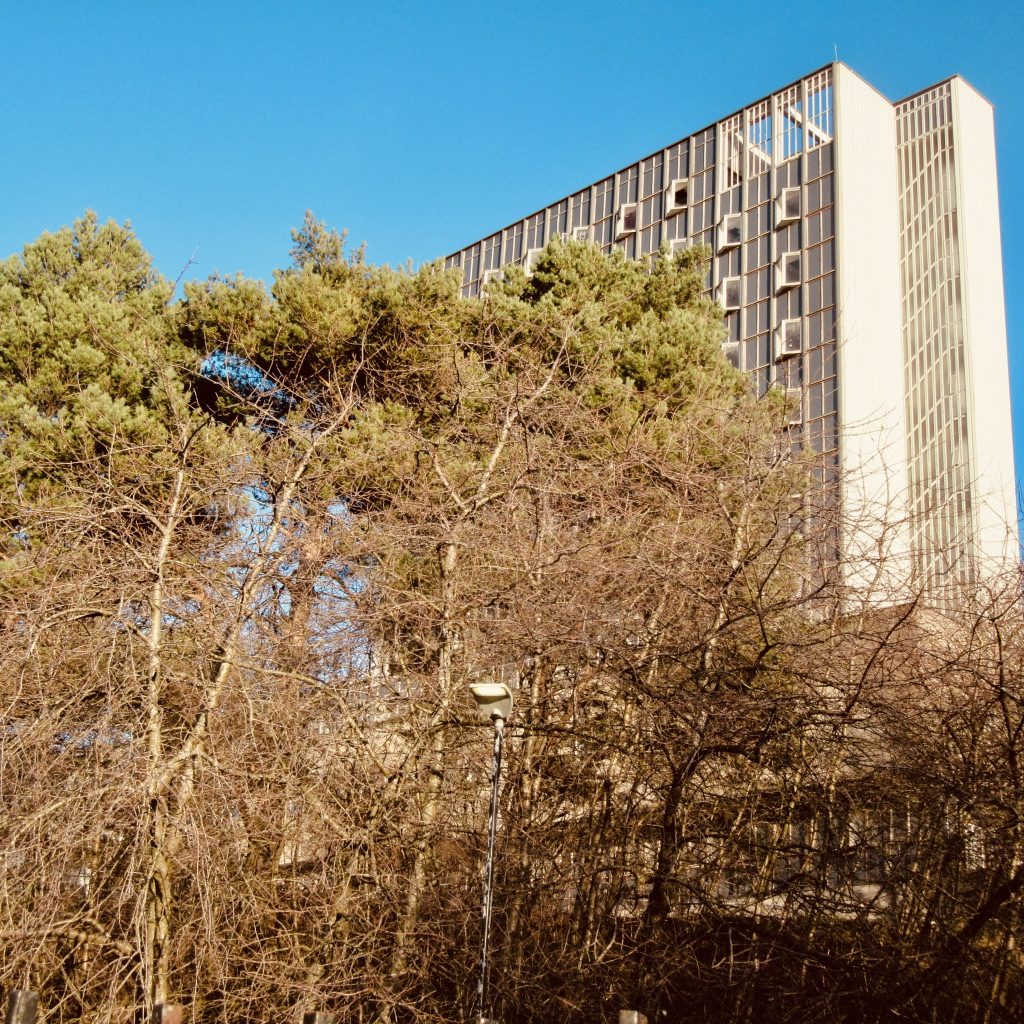
Letter from Glasgow: Birthing Room
The first birth took place at the Queen Mother’s Maternity Hospital, Glasgow, on January 12th 1964, a day after it opened. It closed its doors on January 12th 2010, on its forty sixth birthday. Forty six, the age that most women are done with child bearing, imagined, feared or desired. I am four years and nine months younger than the hospital, and I gave birth to my second, my last child the year before it was closed. I noticed that we were almost contemporaries, and that like a woman, the hospital was retired from birthing duty in her mid forties.
In the early 2000s I spent many nights here, keeping watch over women I had never met before as they laboured long hours. I was working as an interpreter for asylum seekers who were being sent to the city each week in coach loads to be settled under the new Government dispersal scheme. Often I was called in when they were already advanced in labour, so we would barely speak — but I knew that I must speak for them. The women were from Congo, Rwanda, from Ivory Coast and Algeria, from Chechnya and from Georgia. Almost always they were giving birth alone.
This January, looking for a new place to walk within the city boundaries, I headed towards the river, and found a path leading around the old hospital. The tall building with the birthing rooms stands, still empty, on the hill, catching the light. There is a thumbnail of a moon, almost full in the sky and I remembered that on a full moon there was usually a rush of births. I could be called out several times, back and forth to the hospital for one labour after another. I think of those nights, the corridors and continual doors behind which women were labouring, birthing, night after night. I look up and picture those familiar rooms inside, now empty, unpeopled, but filled with light.
click here to read and see more
Michelle Deignan
Anne Dubos
Les effets de réactogénicité sont en lien avec la réaction du système immunitaire de la personne vaccinée aux antigènes présents dans le vaccin. Ces effets se divisent en effets locaux (réaction au point d’injection à type de douleur, rougeur ou gonflement) et effets systémiques (pouvant comprendre fièvre, fatigue, maux de tête, frissons, vomissements, diarrhée, douleur musculaire, douleur articulaire). Ces effets indésirables sont attendus car déjà identifiés et caractérisés dans les essais cliniques ; ils sont transitoires et réversibles et régressent habituellement en 2 à 4 jours.
Luise Schröder
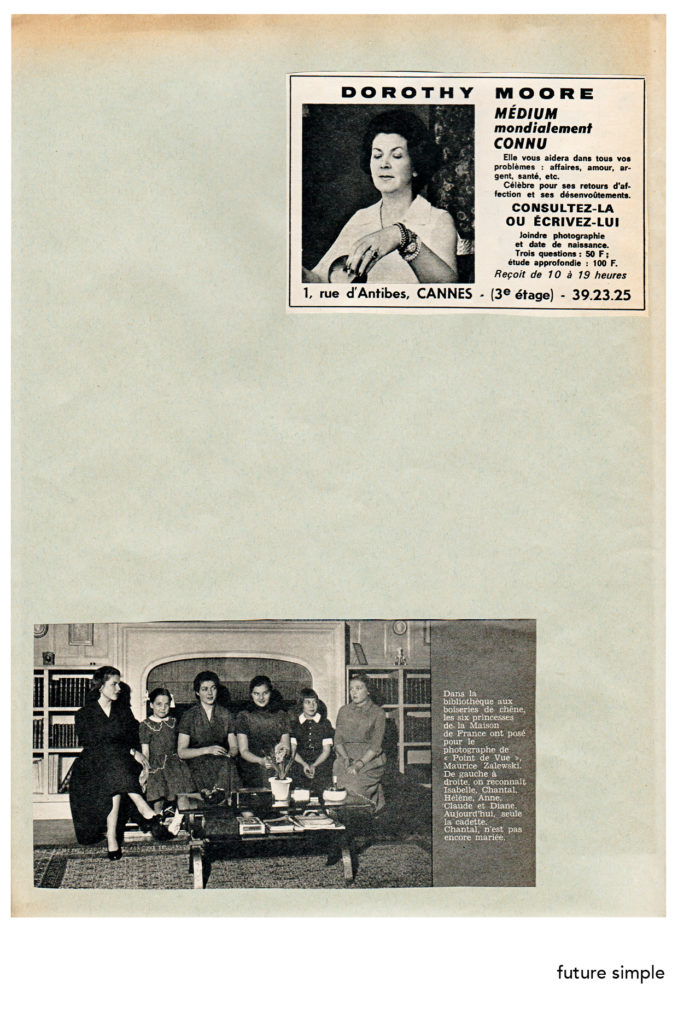
Katja Stuke
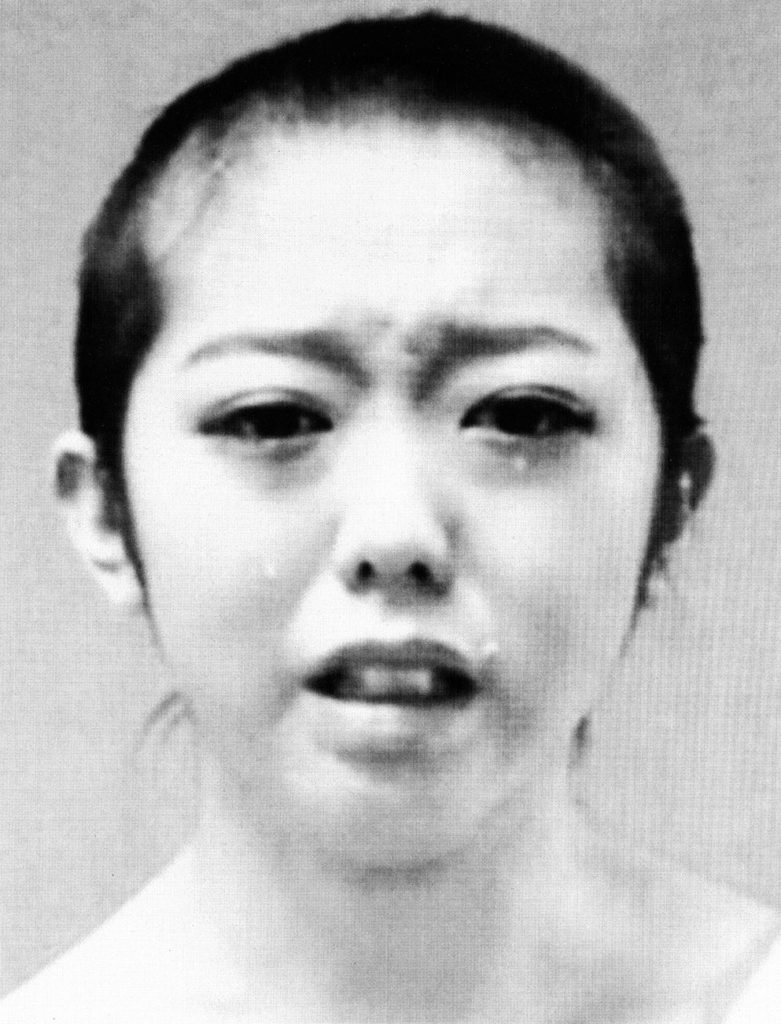
Emma Woffenden
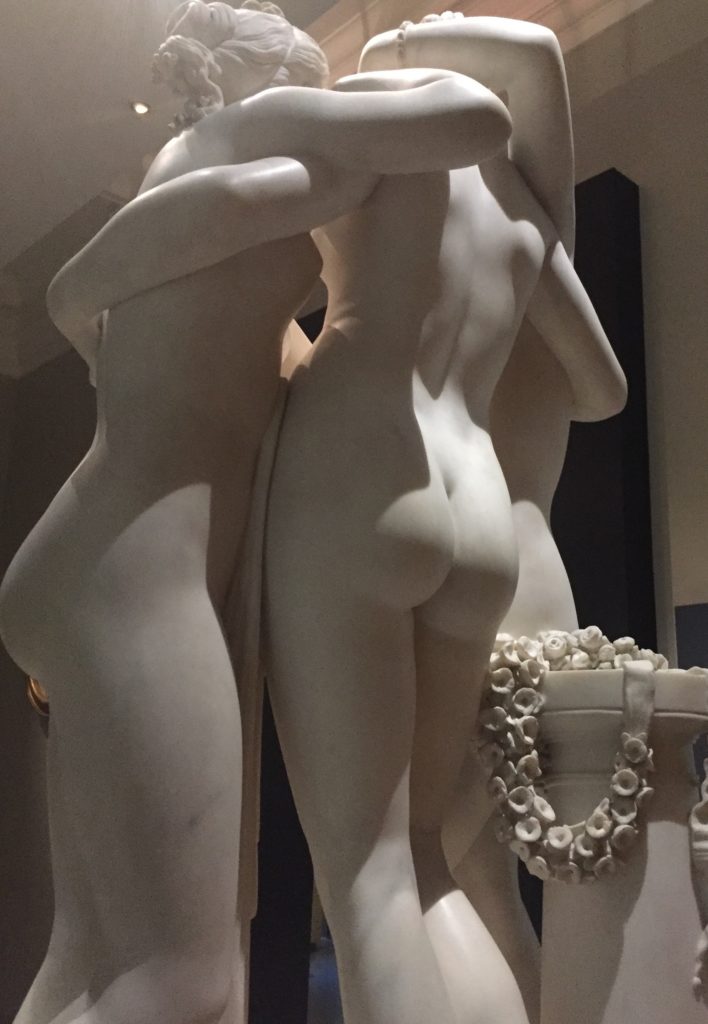
Missing The Backside
The Three Graces by Antonio Canova. Victoria and Albert museum. I enjoy the backside not the frontside, it seems to have a different energy and physicality, different people. Missing friends marble and flesh. May 17th public galleries and museums should open.